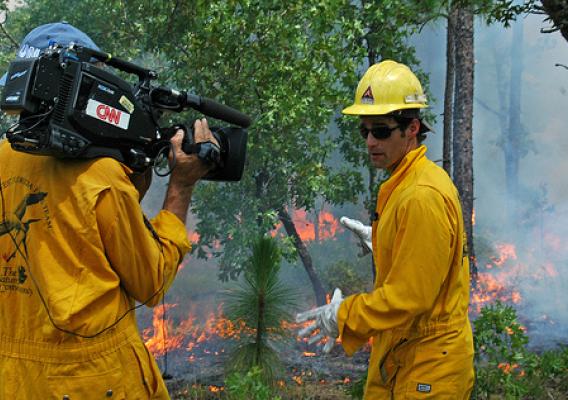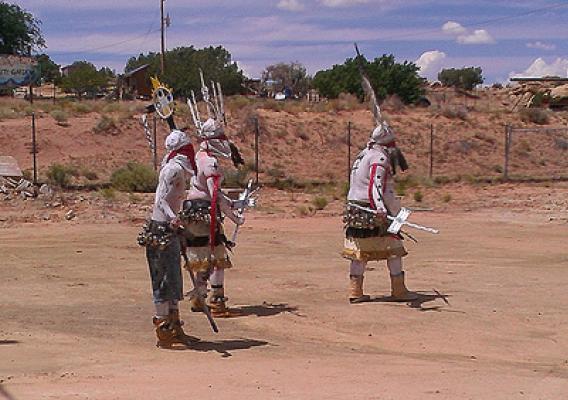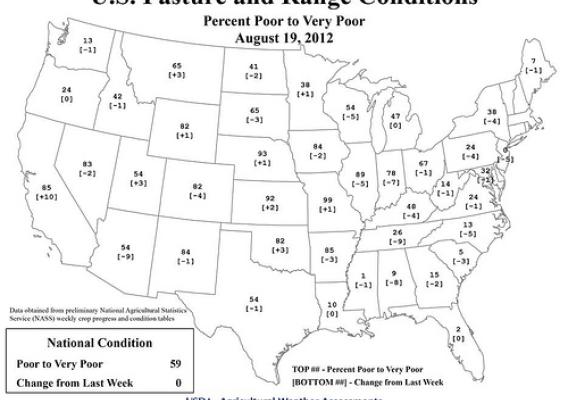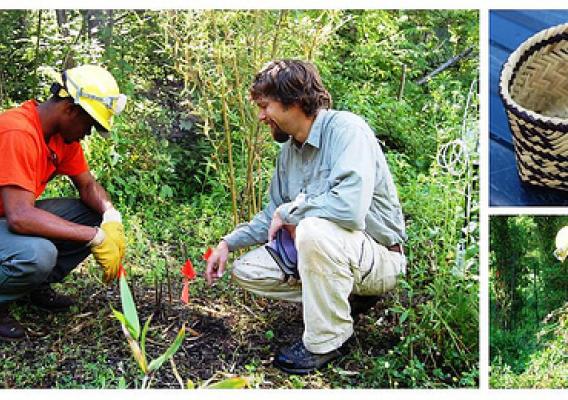It’s been a productive time here in Qingdao, China. USDA and China’s Ministry of Science and Technology (MOST), with support from the Gates Foundation, have gathered some of the top minds from around the world at the Mini-Summit on Agricultural Research to discuss challenges related to food security, food safety, and sustainable agriculture. China’s Vice Minister for Science and Technology, Zhang Laiwu and I led talks among experts from many nations and many sectors to focus on strengthening international research collaboration to benefit our nations and agriculture around the world. Representatives of organizations like the Gates Foundation joined forces with African research leaders, the Food and Agriculture Organization and the World Bank to share information and discuss ways to leverage global resources to address global challenges affecting all nations.
The USDA and China’s MOST have a history of working together, with mutual respect, and with each meeting the relationship between our agencies grow stronger. USDA’s vision to address our shared challenges in the developed and developing world alike includes cooperative multilateral and international efforts. Through these efforts, we hope to further establish global research collaboration platforms which provide the building blocks for the scientific community to confront many of our most pressing challenges. These platforms include:




